Osanna Visconti: the artist channelling the spirit of Claude Lalanne
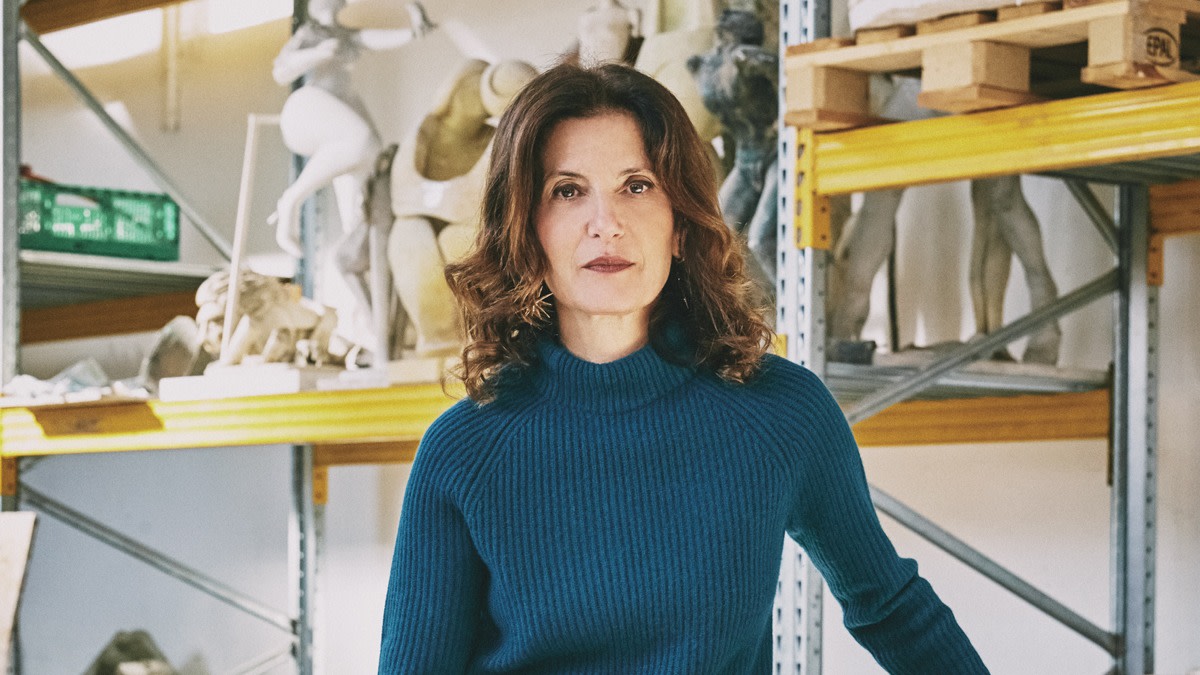
Roula Khalaf, Editor of the FT, selects her favourite stories in this weekly newsletter.
“Whenever I see a shape I like, I immediately imagine it in bronze,” says Osanna Visconti, who has been immortalising the ephemeral beauty of the natural world in molten form for more than 30 years. “Then I like to reflect on what that shape could become.” At first this was predominantly jewellery – inspired by the artist-made creations owned by her mother – but over the past seven years she has shifted her focus to bold bronze tableware and furnishings. Be it a foliage candlestick, a twisting twig-stemmed teaspoon, or a bowl resembling something between a cabbage and a peony, Visconti’s “jewels for the home” have an organic, animated quality.
“Osanna’s work is so poetic,” says Isabelle Dubern, a former creative director of Dior Maison and co-founder of digital design platform The Invisible Collection, which recently added Visconti to its 80-strong stable of designers. “I was introduced to her by Bianca Arrivabene [the deputy chair of Christie’s Italy] at Milan’s Salone del Mobile four years ago. Osanna and I immediately hit it off and started talking about our work.” A subsequent tour of Visconti’s atelier in Milan’s historic Santa Marta, an area with a rich heritage of artisans and craft, made a lasting impression on both Dubern and her fellow founder, Anna Zaoui.
“It was such a great discovery,” says Zaoui. “At the time we were just starting The Invisible Collection – and on the lookout for Italian talent.” For Dubern, the atmospheric space – designed by Visconti in collaboration with Dimore Studio, and housed in the one-time stable block of a 16th-century palazzo, below the apartment that Visconti has lived in with her four children since the early 1990s – compelled her to commission her on the spot.
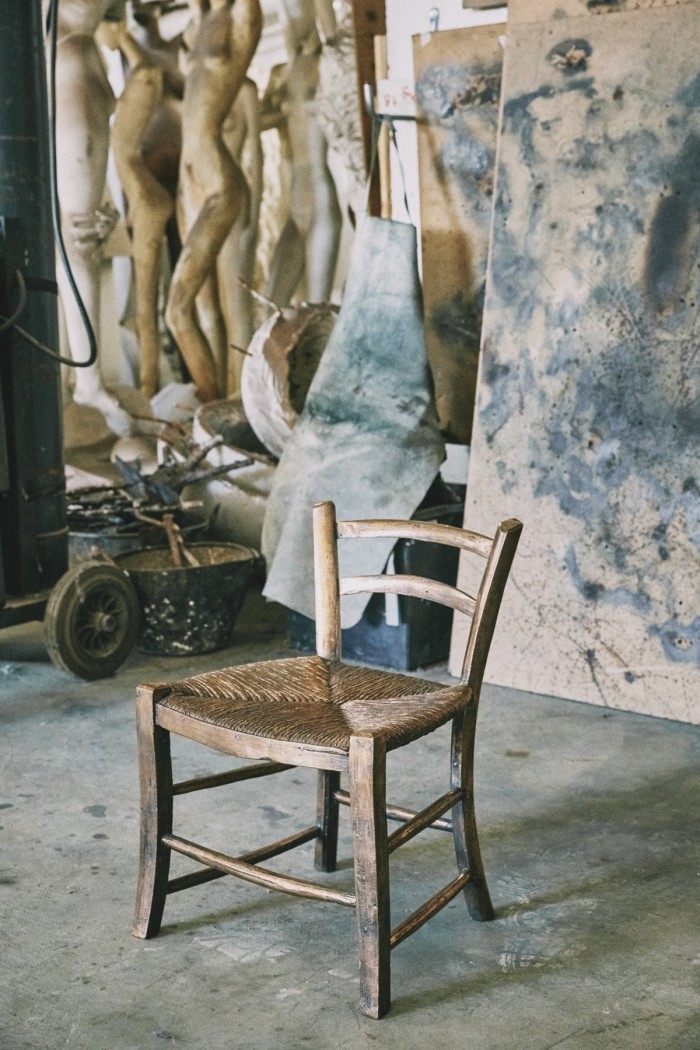
“I particularly loved the spirit of the tables,” says Paris‑ and London-based Dubern, referring to the delicate Fiore design modelled after springtime flowers, two of which now flank her bed. “They remind me of 18th-century French furniture, when pieces were made to be constantly moved around. I’ll often take them down into the dining room as serving tables for guests when I have a dinner.” She also has an Alocasia wall lamp, which, despite its tropical name, takes London’s leaf‑strewn autumn streets as the starting point for its deciduous configuration. Both dainty designs are now featured in The Invisible Collection’s ever-evolving offering, which includes more than 40 of Visconti’s bronze creations – from folding screens to ribbon candelabras, nests of tables to delicate serving spoons, all in a heady bronze patina that ranges from aureate to blackest charcoal.
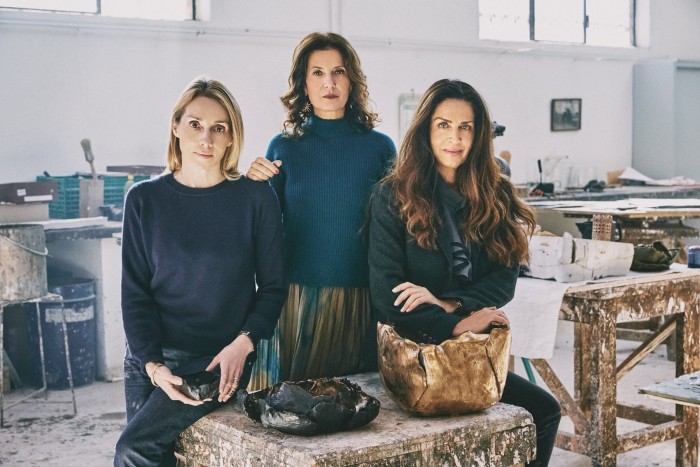
Dubern and Zaoui launched their ingenious site in 2016 with the aim of making design classics such as Pierre Yovanovitch’s Teddy Bear chair – usually commissioned solely by decorators and architects for private homes or hotels – eminently shoppable. Their business has burgeoned into a luxurious interiors empire, known for its impressive array of objects, 1,000 in total, with its own sleek showroom in a private Belgravia apartment. When Visconti was invited to join the high-design roster – a call that coincided with her decision to live between London and Milan – she didn’t hesitate. “I immediately understood their taste,” says the Rome-born creative. “And I was flattered to be part of a group of designers that includes Yovanovitch and India Mahdavi.”
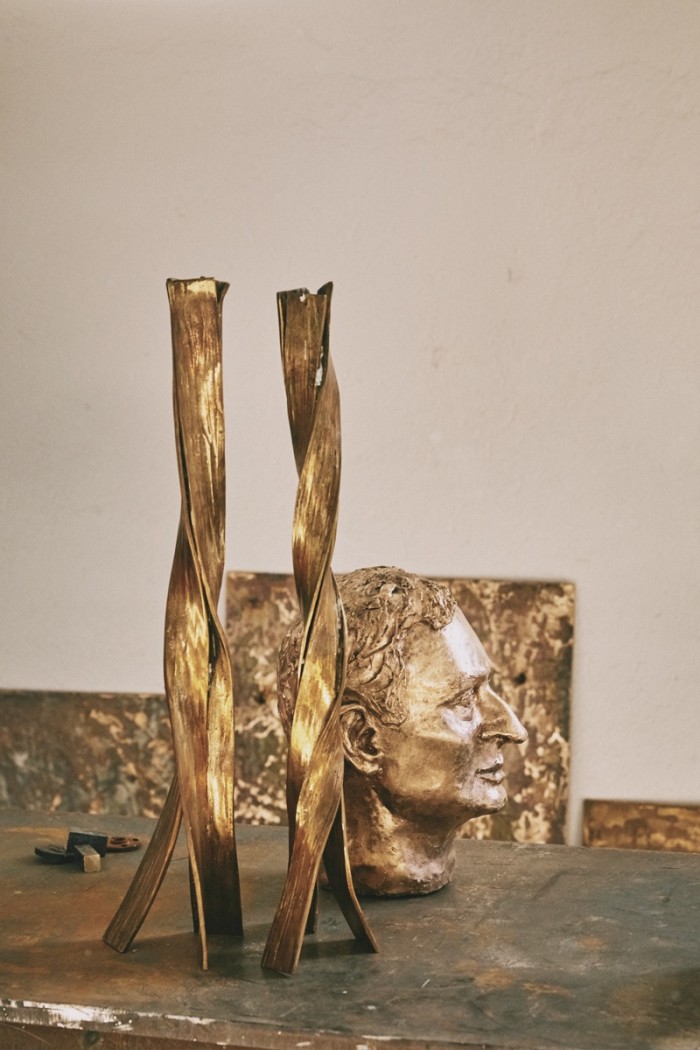
Now their professional exchange has blossomed into friendship. As well as exchanging tips for travelling between the cities they each call home, the women share between them nine children, and Trattoria Milanese close to Visconti’s home in Milan has become a favoured meeting spot. “We have so many friends in common, it very quickly became a very natural and easy way of working,” says Dubern, who also owns intricate yet “easy to wear with jeans” metal headbands by Visconti’s daughter, Madina. In her concurrent role as artistic adviser to Diptyque, Dubern charged Visconti with creating a series of candleholders and mirrors for the French fragrance firm’s homeware launch, Diptyque Bazaar.
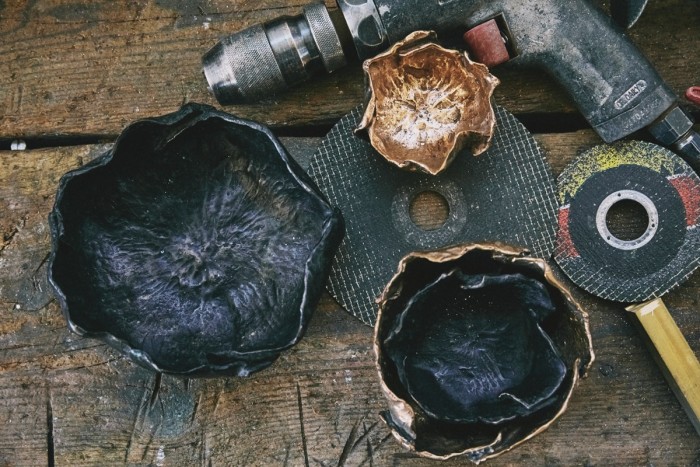
Visconti also caters to personal commissions, from simple requests for a piece in certain dimensions to completely bespoke designs. Right now, she’s making a series of 12 bronze placemats, each one unique, for one client. But no matter where a piece is destined to go, it is always made in the same way, using the ancient lost-wax technique. Rather than sketching her ideas first, Visconti prefers the tactility of sculpting: immersing the solid wax in hot water and then moulding it by hand. These skeletal sculptures form the foundation of the finished piece, though it’s not until the cast is, in Visconti words, “sizzled” in the furnace, that it finds its true form.
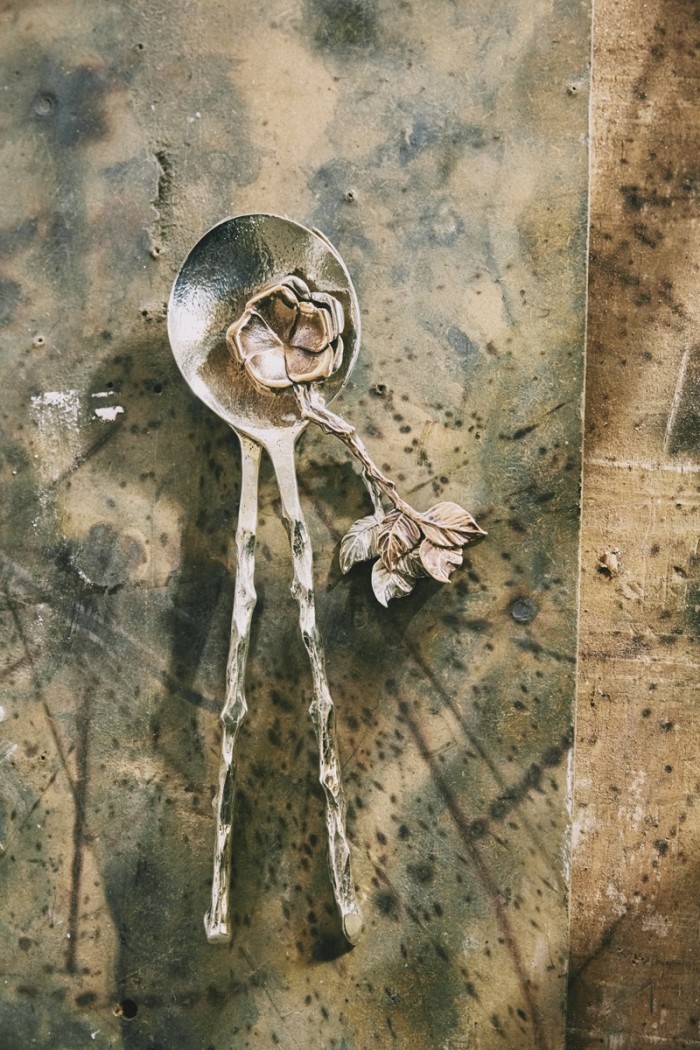
“It’s always a surprise when it emerges,” she says. “That’s the most thrilling part, the point when my creativity really comes to life.” Visconti works with an artisanal foundry located in the hinterland of Milan, in the Opera district, where the designs of the late Gabriella Crespi as well as the large-scale tree sculptures of Italian artist Giuseppe Penone are also produced. Like them, Visconti is compulsively drawn to her medium. “Bronze is such a fascinating material,” she says. “It’s so warm and alive. It’s always changing. To me, it becomes even more interesting with time.”
Perhaps that’s why nothing Visconti creates feels entirely new; rather it’s realised – via a series of complex finishes and techniques – with its own antique, and emphatically feminine, patina. No wonder Dubern connects Visconti with one of the most revered female figures in design history: Claude Lalanne. “I see a definite correlation between their work,” she says. “Osanna challenges the boundaries between art and design in the same spirit as Lalanne. Her work is sculptural yet functional. For me, it’s about the bronze, the focus on nature – and the woman herself.”
diptyqueparis.com. madinavisconti.com.
osannavisconti.it. theinvisiblecollection.com.
Comments